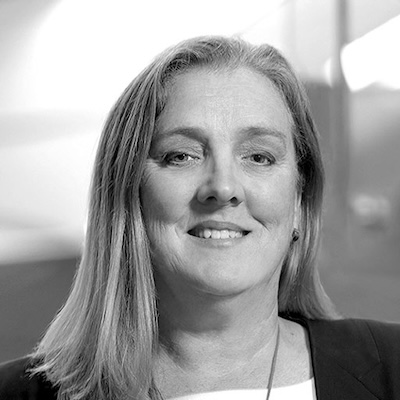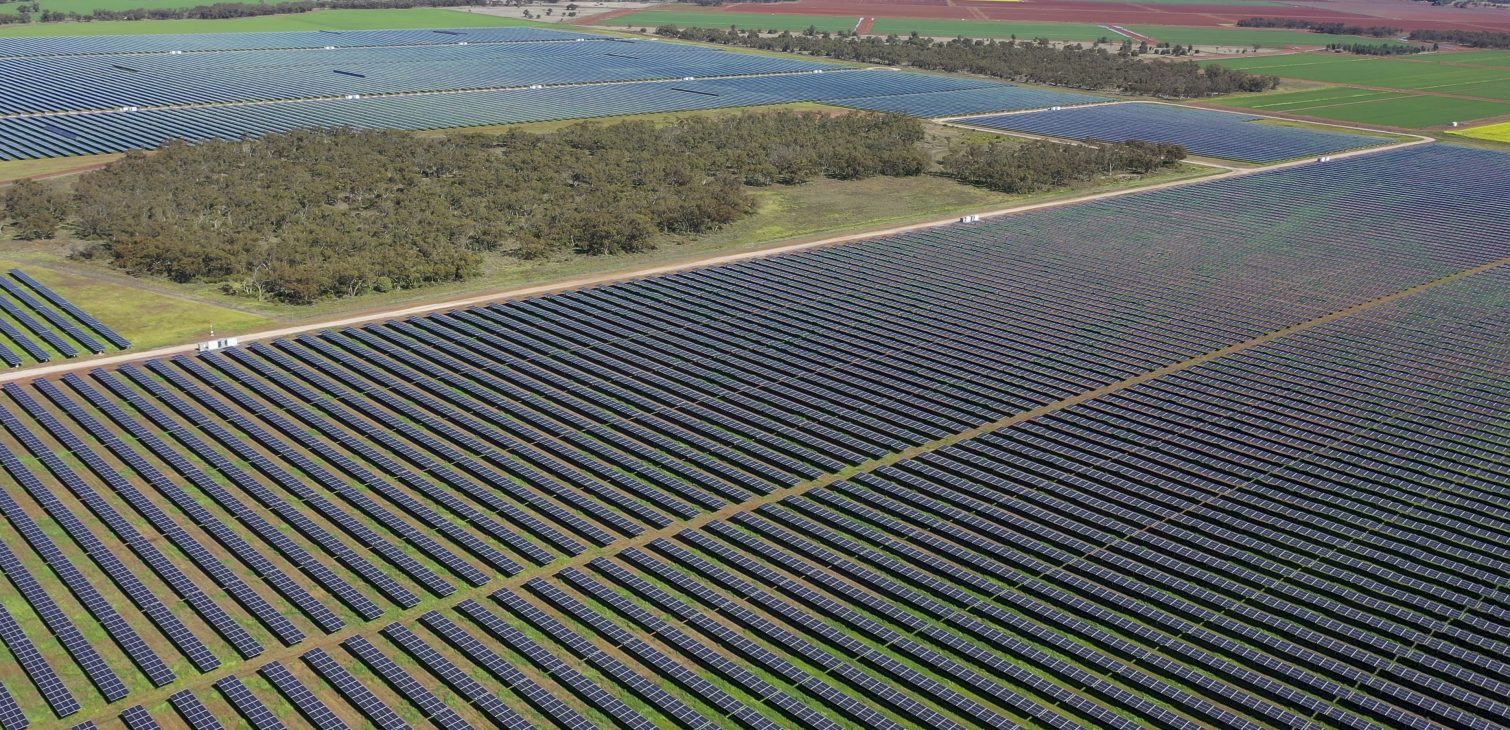The next ten years of solar power in Australia and beyond
ATSE Fellow and the Director of the Australian Centre for Advanced Photovoltaics, Renate Egan, has a bold plan for the next ten years of solar power in Australia and beyond.

ATSE Fellow and the Director of the Australian Centre for Advanced Photovoltaics, Renate Egan, has a bold plan for the next ten years of solar power in Australia and beyond.

ATSE Fellow and the Director of the Australian Centre for Advanced Photovoltaics, Renate Egan, has a bold plan for the next ten years of solar power in Australia and beyond.
It’s been an incredibly dynamic time in the solar industry in Australia over the last decade. At the Australian Centre for Advanced Photovoltaics (ACAP), a nation-wide research collaboration headquartered at UNSW Sydney, I’ve been fortunate to work with leading-edge researchers in the field of solar power, not only leaders in Australia, but in the world.
ACAP was established in 2013 by Martin Green, Scientia Professor at UNSW, and as a partnership with ANU, Monash University, CSIRO-Manufacturing and the Universities of Queensland and Melbourne. Over the last ten years, ACAP has delivered an astounding number of technical breakthroughs in solar and is developing talent and ideas with the next generation of engineers and technologists. New benchmarks have been set in how effectively solar cells can convert sunlight into electricity, new research and industry collaborations have been established, and innovative new technologies have been developed and commercialised.
More recently, I’ve been working with the ACAP team, ARENA and our industry partners to plan the solar technology roadmap to 2030, to continue to improve performance and to deliver the ultra-low cost solar we need to become a renewable energy superpower. I’m thrilled to be able to take up the role of Director with the Centre and lead ACAP into its next phase. I look forward to continuing to work with Martin, who will stay involved as a technical advisor, where his decades of experience and success in the field will continue to inspire and guide the new generation of solar engineers.
Through the Australian Renewable Energy Agency, we have been funded to continue our research until 2030, with $45 million in grant funds that are more than matched by an additional $80 million from our university and industry partners. We can see, through this investment, and the record funding by ARENA of new renewable energy projects over the last 12 months, that the federal government is confident in backing the renewable energy technologies and projects that will ensure a robust Australian energy sector into the next decade and beyond.
I see ACAP’s role as continuing to push the potential of solar power even further, and in engaging all parts of the sector to reach the ambitious goals required to bring our economic and energy systems to next zero by 2050.

I look forward with optimism, as we’ve seen the incredible speed with which these technologies can be improved and deployed at scale. On a household level, Australia has led the world in embracing rooftop solar. At a state level, we are already seeing days when renewable energy, backed by storage, can produce more than 100% of the electricity needs of South Australia. Nationally, we have more solar installed on a per-capita basis, than anywhere else in the world. And globally, Australian research and education continues to attract international attention.
We have seen what solar can do, now is the time to bring it to its full-scale potential.
The solar technology of today provides the lowest cost of energy where it is produced, say, on your rooftop, and is competitive for 24/7 supply, even when battery storage is included. With a view to even lower costs for industrial scale processing, we continue to work on improving performance and driving down the price of solar technologies. This will be achieved through new development in materials, devices and deployment, and answering questions like – how can Australia participate in the solar supply chain? How can we best deploy and integrate vast amounts of solar, considering community, cost of energy and sustainability? And how will we manage recycling of solar technologies at the end of their lifecycle?
Having worked in this field for my entire professional life, I have never felt more optimistic about Australia’s solar future. With over 90% of the world’s solar panels relying on technologies invented in Australia and with strong industry partnerships meaning the advances developed within the ACAP team are quickly taken up in large scale manufacturing, the research at ACAP remains at the leading edge internationally. We are training the engineers who will deliver on this ultra low cost solar future. We have the commitment and we have the vision.
ACAP is a national collaboration, recently extended to include University of Sydney and CSIRO-Energy. With ARENA and our industry partners, we are working to make a net-zero economy in Australia the most economically and environmentally sound path forward. And we welcome collaborators at all levels, whether industry, government, or at the forefront of research, to be in touch to find out how to become a part of it with us.
This article was originally published in Issue 216 of ATSE’s IMPACT magazine in February 2024.